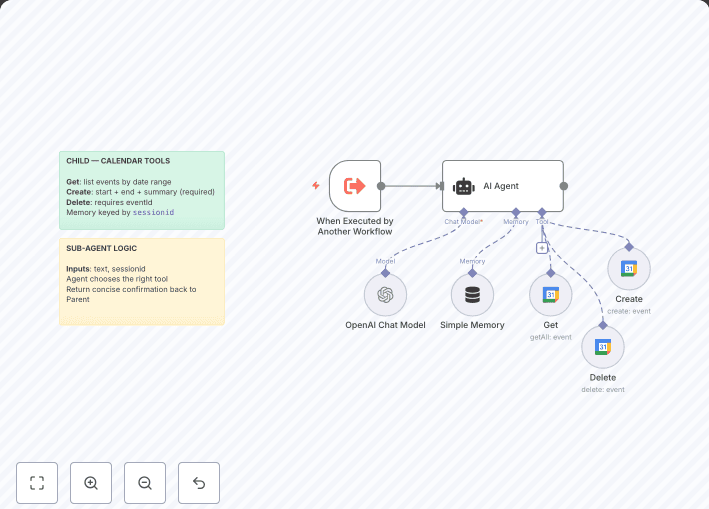This workflow automates the process of converting images from JPG/PNG format to WEBP using the APYHub API. It retrieves image URLs from a Google Sheet , converts the images, and uploads the converted files to Google Drive.
This workflow is a powerful tool for automating image conversion tasks, saving time and ensuring that images are efficiently converted and stored in the desired format.
Using WebP images on a website provides several SEO benefits:
- Faster Loading Speed – WebP files are smaller than JPG and PNG, reducing page load times and improving user experience.
- Better Core Web Vitals – Google prioritizes websites with good performance metrics like LCP (Largest Contentful Paint).
- Improved Mobile Performance – Smaller images consume less bandwidth, enhancing mobile usability.
- Higher Search Rankings – Faster sites tend to rank better on Google due to improved user experience.
- Reduced Server Load – Lighter images lower hosting and CDN costs while improving site efficiency.
Below is a breakdown of the workflow:
1. How It Works
The workflow is designed to convert images from JPG/PNG to WEBP format and manage the converted files. Here's how it works:
-
Manual Trigger :
- The workflow starts with a Manual Trigger node, which initiates the process when the user clicks "Test workflow."
-
Set API Key :
- The Set API KEY node defines the API key required to access the APYHub API.
-
Get Images :
- The Get Images node retrieves a list of image URLs from a Google Sheet. The sheet contains columns for the original image URL (
FROM), the converted image URL (TO), and a status flag (DONE).
-
Get Extension :
- The Get Extension node extracts the file extension (JPG, JPEG, or PNG) from the image URL and adds it to the JSON data.
-
Determine Image Type :
- The JPG or PNG? node checks the file extension and routes the workflow to the appropriate conversion node:
- JPG/JPEG : Routes to the From JPG to WEBP node.
- PNG : Routes to the PNG to WEBP node.
-
Convert Image :
- The From JPG to WEBP and PNG to WEBP nodes send POST requests to the APYHub API to convert the images to WEBP format.
- The API returns the URL of the converted image.
-
Update Google Sheet :
- The Update Sheet node updates the Google Sheet with the URL of the converted image and marks the row as done (
DONE).
-
Get Converted Image :
- The Get File Image node downloads the converted WEBP image from the URL provided by the APYHub API.
-
Upload to Google Drive :
- The Upload Image node uploads the converted WEBP image to a specified folder in Google Drive.
2. Set Up Steps
To set up and use this workflow in n8n, follow these steps:
-
APYHub API Key :
- Obtain an API Key from APYHub.
- In the Set API KEY node, define the API key.
-
Google Sheets Integration :
- Set up Google Sheets credentials in n8n for the Get Images and Update Sheet nodes.
- Create a Google Sheet with columns for
FROM (original image URL), TO (converted image URL), and DONE (status flag).
- Provide the Document ID and Sheet Name in the Get Images node.
-
Google Drive Integration :
- Set up Google Drive credentials in n8n for the Upload Image node.
- Specify the folder ID in Google Drive where the converted images will be uploaded.
-
Test the Workflow :
- Click the "Test workflow" button in n8n to trigger the workflow.
- The workflow will:
- Retrieve image URLs from the Google Sheet.
- Convert the images to WEBP format using the APYHub API.
- Update the Google Sheet with the converted image URLs.
- Upload the converted images to Google Drive.
-
Optional Customization :
- Modify the workflow to include additional features, such as:
- Adding more image formats for conversion.
- Sending notifications when the conversion is complete.
- Integrating with other storage services (e.g., Dropbox, AWS S3).


